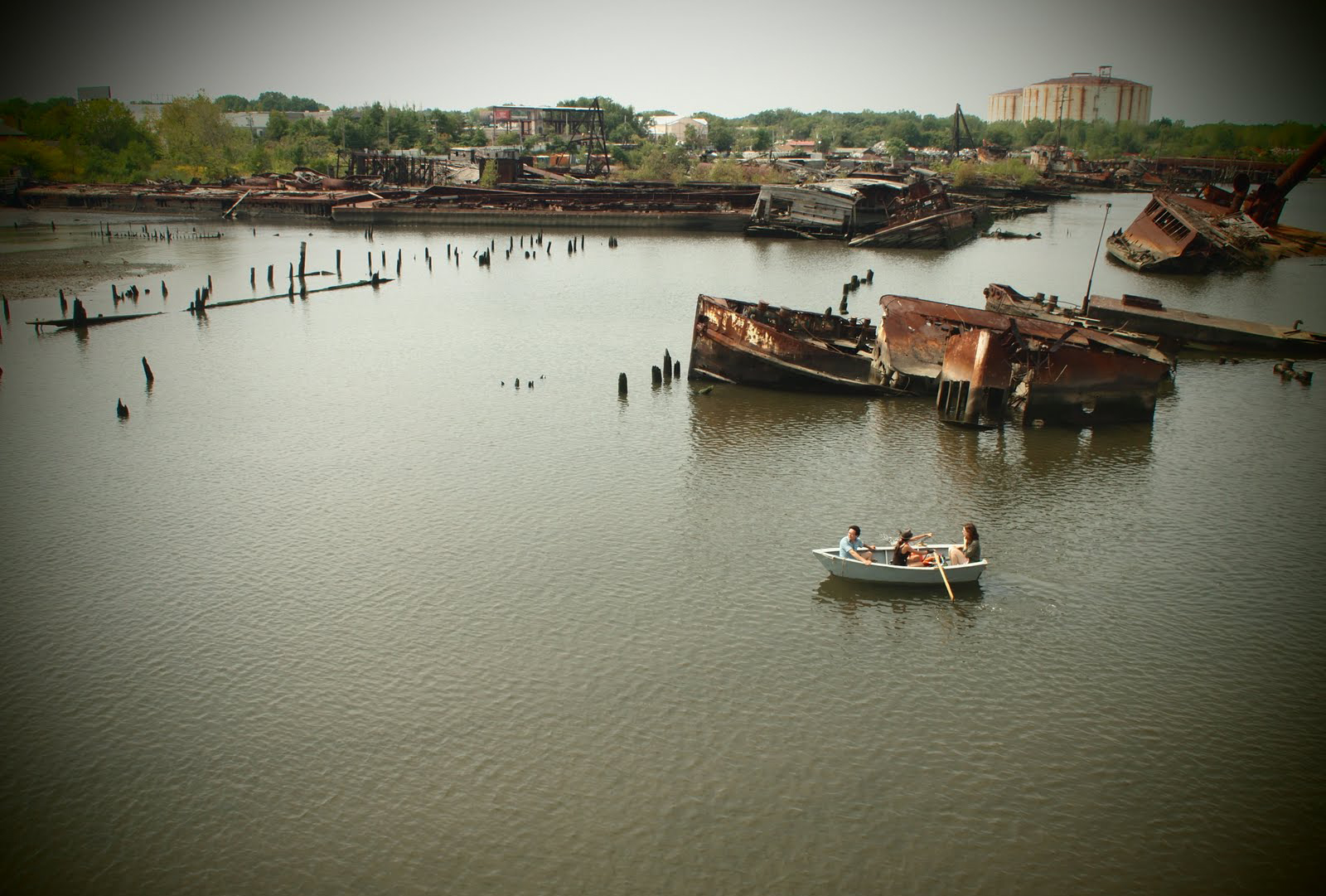Heather Jones: Your work often blurs the boundaries between art, activism, curating, writing/researching, and community organizing. Can you talk about your approach to navigating all of these separate but interrelated fields?
Dylan Gauthier: I don’t think there are necessarily always boundaries between these activities anymore, at least not in my or many other artists’ work. They tend to blur together for me unless I step back and try to point out the shape each process takes in a particular project or piece. I think of them not as wholly separate fields so much as interrelated modes or drives that are helpful in pushing a work into existence. Certain projects require me to work through a curatorial mode, others (almost all of my work) derive from writing and research, others only become vital when they enfold activism or community organizing. I’m usually not sure at the beginning what a given project needs exactly to get made. It is a material and formal investigation, and I learn as I go: I allow the work to come into its form organically. These are just a few of the modes I have employed over the years in my practice, and usually I draw on several to produce a piece, but occasionally there is just one.
Each mode (curating, researching, object-making, image-making) has its place, and each carries with it a set of rules and expectations and historical limitations, as well as a proper language. Sometimes these are in complete opposition to each other. This may force a project to come apart at the seams, but usually it creates a tension that gives the piece form, shape, direction, and momentum. I’m really interested in the formal constraints that are present in each of these modes but also in applying them playfully where they don’t always make sense. Does research work with color in a specific way? What are the curatorial ethics of a community-based artwork? In some ways it is about filling a work of art with enough tension that it falls off the pedestal, jumps ship and becomes something else – while hopefully managing to hold onto its form, its shape as art-object, word-object, image-object, etc. I could give examples here, but I prefer to start with the general and move on to specifics as we go.
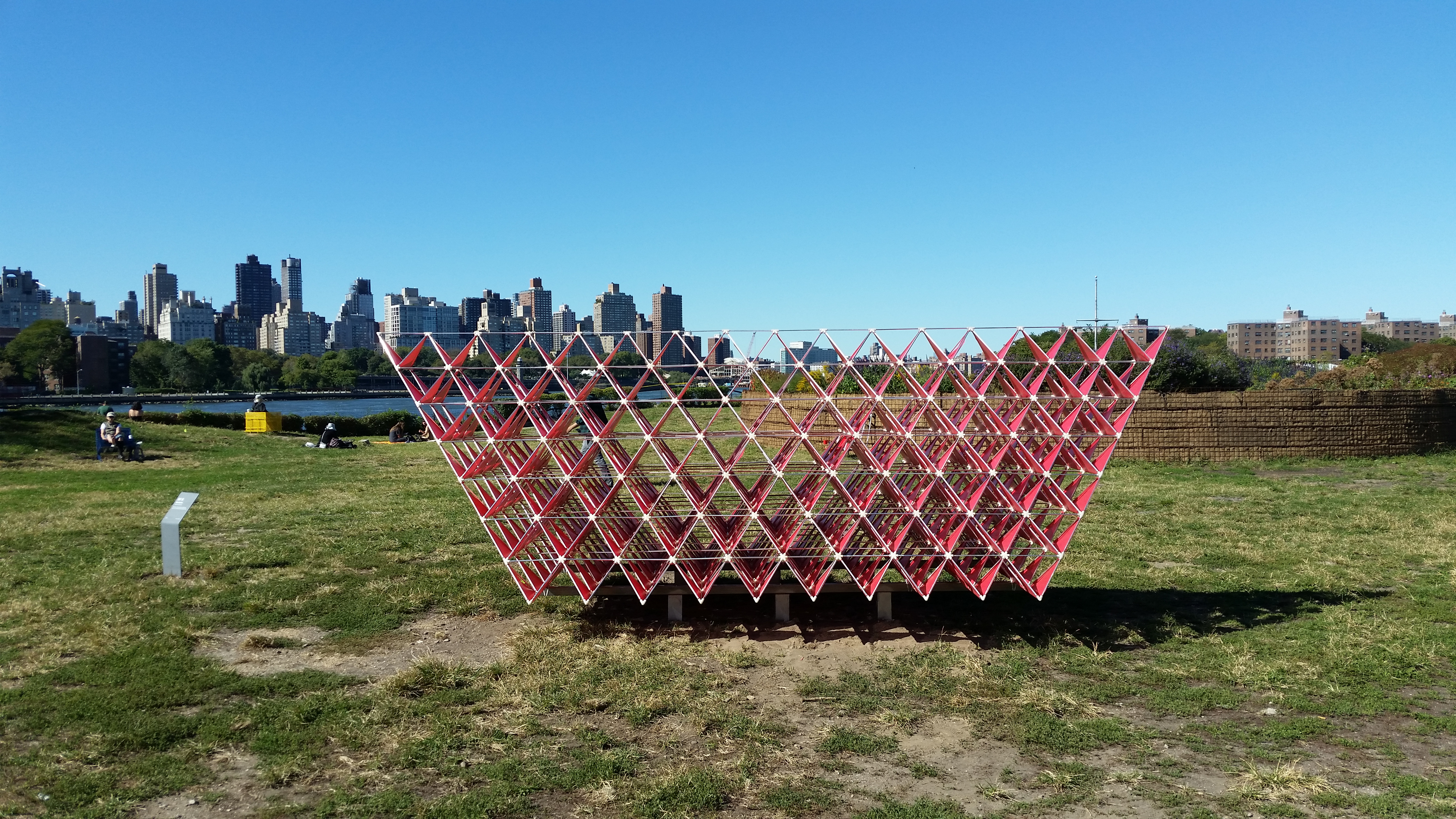
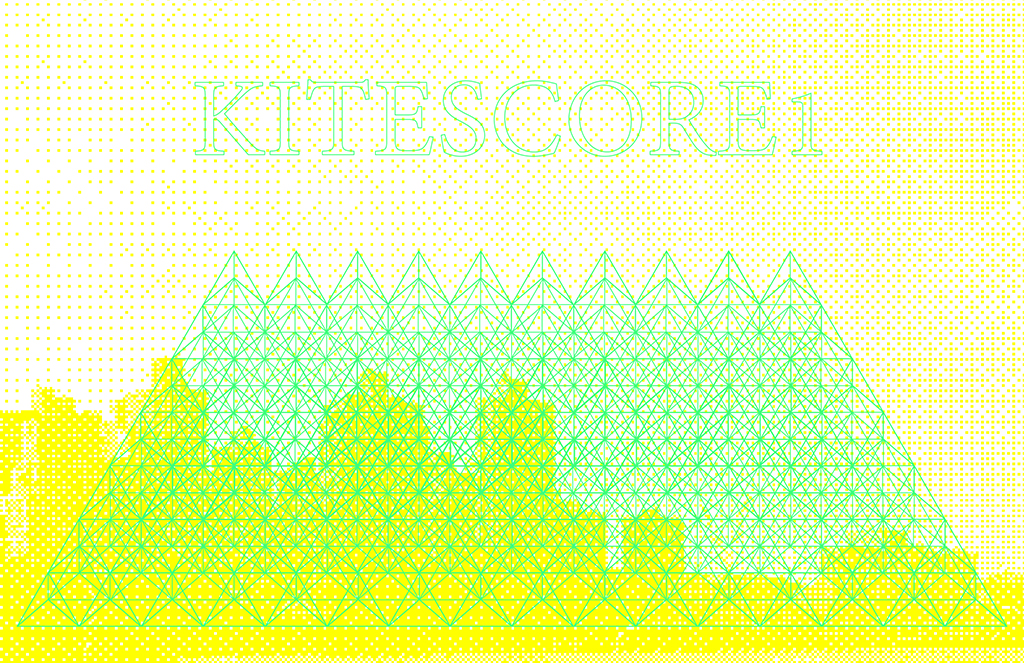
HJ: Your past work has often revolved around architecture and ecology, and you recently participated in residencies with the Lower Manhattan Cultural Council (LMCC), Brandywine Conservancy & Museum of Art, and Socrates Sculpture Park. Can you describe your recent projects and current research interests?
DG: At LMCC’s studio complex on Governor’s Island, which is in the middle of New York Harbor, I’m working on a collaborative project with my partner Kendra Sullivan (we work together often, and she will also be accompanying me to Stavanger) around new language and architecture forms for changing ecosystems. We’re drawing on a corpus of poetic writing about the water, which is linked to what Kendra is researching in her PhD studies at the CUNY Graduate Center, and in her recent writing and curatorial work.
The project has three main spheres of focus: we are creating a number of visual and sound works (including writing in neon and on paper and making underwater field recordings of the intertidal zones around Governor’s Island); looking into utopian architecture and stilt houses; researching the plans of low-lying communities around the world who are grappling with sea level rise and climate change. All that said, this is a speculative project, and so far it does not involve any direct activism or community organizing.
Concurrently, I am working on two public art commissions, one for Socrates Sculpture Park that involves a large-scale sculptural installation and publication series based on the utopian architecture of the inventor Alexander Graham Bell, and a second project for the Brandywine River Museum in Pennsylvania. The Brandywine commissioned me this year as their first artist-in-residence, and for my project there I am working on a series of publications, sound works, and an outdoor sculpture (which also draws on Alexander Graham Bell’s tetrahedral architecture) that tie the museum to an affiliated conservancy that does policy work around water quality preservation and land stewardship. The Brandywine is best known for its collection of paintings by Andrew and N.C. Wyeth, in the 20th-century American realist tradition, and has only recently begun to work with contemporary artists. The whole experience is an experiment. I’m bringing in immersive 360° videos and sound walks and conceptual practice that is disconnected from any object making whatsoever, yet everyone – the public and the museum – has been incredibly supportive and interested in the work (so far!)
The connection for me between architecture and ecology has to do with the way we as a society construct the world, and how the choices we make as we do so end up influencing or even dictating how we live together as well as how we perceive ourselves and the world in which we live. Think about how the structure of an apartment block forces certain kinds of relationships between neighbors, and forces the exclusion of others. There is a circular logic here that is almost impossible to escape, because we perceive the world as it appears to us, and yet that appearance has been fabricated over hundreds or thousands of years of let’s say “category-human” intervention, and our own personal intervention on our surroundings. Most of us don’t realize this necessarily, because the groundwork for the world we were born into was laid hundreds of years ago, and I think art can, also quite playfully, open up this circular logic and inject questions, conceits, caveats and challenges to the idea that we live such and such a way because it’s how we want to live.
For me, growing up in Los Angeles had something to do with this vision of the construction and reconstruction of ecology, since LA is a place that has been significantly made and remade over and over in the past hundred years. It’s an awesome place to study urban planning because miraculously it has no overarching master plan and yet is still a completely vital place. The interrelationships between nature and the built environment there are constantly being redefined by human and animal actors, and by contingent and resultant effects such as drought and wildfires.
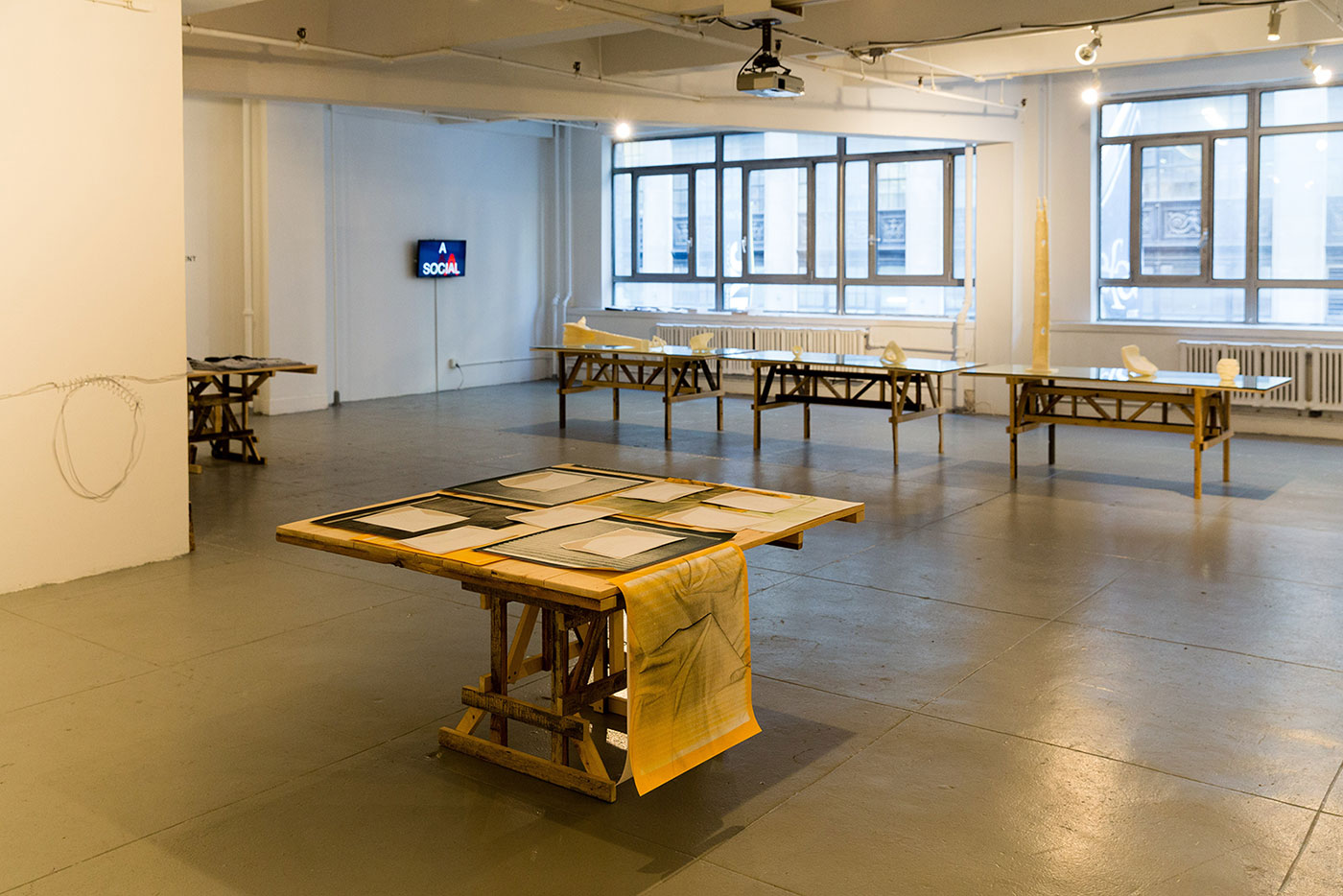
HJ: You’ve also taken part in many collaborative projects, and are involved with several collectives. Can you tell us more about these collectives? Do you see these as separate, or integrated with, your personal practice?
DG: I have a background in performance, and more specifically in a form of absurdist street theater that drew heavily on Brecht, Beckett, the Living Theater, and writers like Michel de Ghelderode, Jerzy Grotowski, Alfred Jarry. This is what brought me to New York City in the early 2000s and is what I was primarily involved in making for more than a decade. My focus on collaboration comes out of this form of group creation, where there is a synergy between director, writer, performers, crew, and of course the audience – the audience who basically have the power to completely fuck up a performance no matter how well everyone else is collaborating. We were also completely invested in direct experience and opposed to any documentation, rehearsing performances for weeks or months that were to be performed only once or twice. I have almost no photographs and only one video from that period of making, and I am still very skeptical of documentation.
Collaboration is a skill, and though everyone at some point collaborates, it’s not something everyone is good at. I realized this about ten years ago, and have been trying to become a better collaborator ever since. Around that same time I was co-organizing an art and culture space in a boat that was moored on an industrial canal in the middle of Brooklyn, and by chance I started working with Sam Gould and Gabriel Mindel Solomon in the collective Red76, which deals with a form of Beuysian social sculpture and makes work about formal politics. From there I founded or co-founded a number of collectives around a variety of social and environmental projects, and for another ten years I made work solely under collective names, often anonymously, usually preferring the group identity to my own. Most of these collectives don’t exist anymore, and there is only limited documentation of any of them.
More recently, I co-founded Sunview Luncheonette with Kendra Sullivan, which is now a collective of artists and non-artists and a cooperatively run space for art, culture, and activism operating out of a former diner in Brooklyn. Our oldest collaborator is the former proprietor of the diner, who is in her 80s, and our youngest are a group of children from a local “free school” (a collaborative home-schooling program) who run a restaurant a few times a month in the daytime. This happens to be more or less the only time we are regularly open to the public, when the kids prepare and serve food. Otherwise we’re only open for events: screenings, meetings, art shows, readings.
All of these projects form and inform my practice.
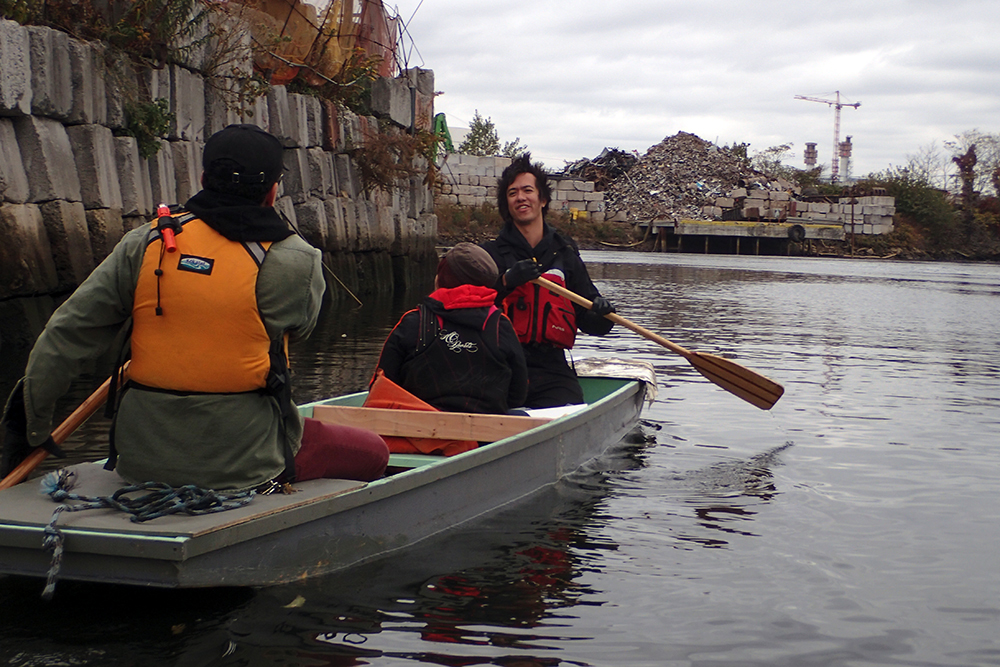
HJ: And… you build boats? How do you see boat building and waterways as related to your practice and research?
DG: The boatbuilding came out of one of these collectives, Mare Liberum, which I co-founded with two industrial designers (Ben Cohen and Stephan von Muehlen) and has since expanded to include artists Jean Barberis, Sunita Prasad, and Kendra Sullivan. We were interested in art as a platform for political work around the ways you could or couldn’t make use of public space in the city, and the boat was the natural and literal vehicle that brought this all into relief. Here we were, living in a city surrounded by water and made up of dozens of small islands. Rents were soaring – none of the artists I knew then could afford space to make their work in – and here was all this open space, ostensibly owned by the community and held in public, but underutilized and with little public access. So we went outside. We thought of the boat as the perfect metaphor, and one that would function literally and figuratively to bring people into contact with this open and unused space. It was being out on these often toxic waterways that led me to thinking more about the environment and water.
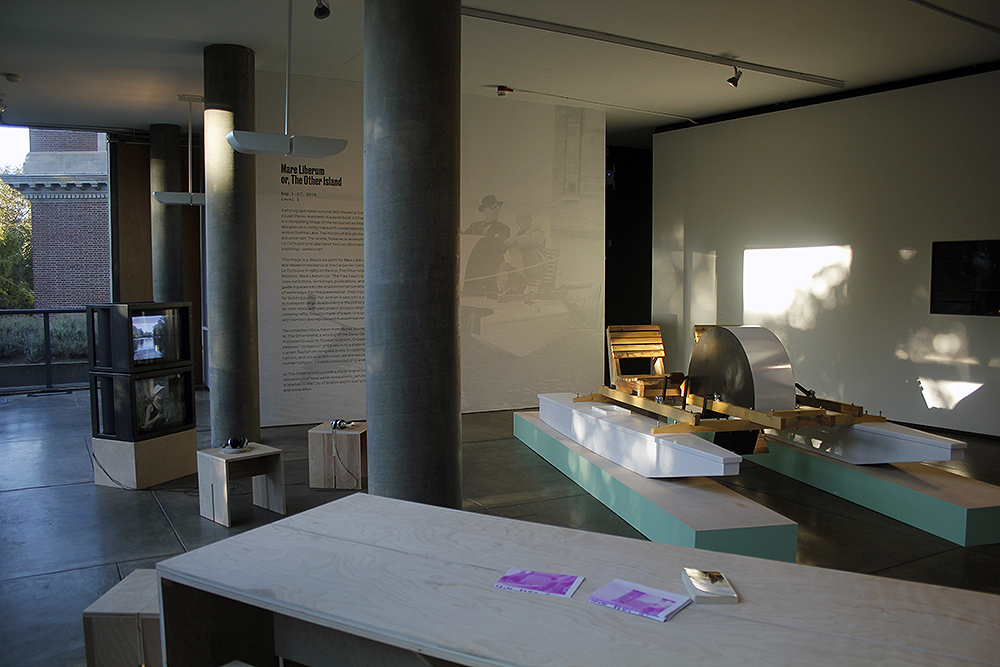
HJ: Your writing often offers a critical perspective on artistic, architectural, and curatorial practices. Could you speak a bit about how/if you consider your work in the context of the public sphere and communities outside of the art world-initiated?
DG: My work is public, and interested in what it means to create publics – perhaps a Brechtian-inflected vision of participants instead of spectators? My process hinges on critical inquiry, and a certain relationship to space and collective action – involving artists and non-artists – that emerges over an extended period of time, and through its emergence restructures the everyday. My projects are often oppositional to dominant trends in the market that reduce humans to commodity-types, and in particular to the art world’s focus on the artist as an “individual” within society. I prefer to think of the individual artist as a symptom or a universal archetype, something along the lines of what the collective Tikkun mis-represented as the “young girl.” In fact, the Preliminary Materials for a Theory of the Artist would have been a far more appropriate title of their book. The artist’s belief in their independent thinking, their “freedom” and ability to self-define within an overly constricted and oppressed society comes perhaps from a fallacious reading of the dominant figures in the historical avant-garde, which has now been entirely subsumed within the market.
That artists expect (and are still being taught in art school) to be solo actors that can somehow disentangle themselves from capital and the strictures of modern life, while conversely perfectly embodying and expressing the key traits of neoliberal entrepreneurship, is the result of a gross misunderstanding. Can working collectively and collaboratively can allow us to construct systems of our own making that might begin to replace an architecture, and eventually an infrastructure, and eventually an entire society, that is oppressive by its very design? “Ship of Theseus”-like, replacing every part until the whole is not what it was. For a start, we might try to create shared spaces whose architectures enact and produce support structures and encourage solidarity and mutual aid. At least this is a start given the number and severity of threats to human/animal existence on Earth, and art can play a crucial role in redefining both the aesthetic and structural dimensions of what should come next. Clearly not the white-supremacist-heteronormative-colonialist-patriarchy that we are currently experiencing the last gasps of in the figure of someone like Trump in the U.S. or Putin in Russia or Le Pen in France.
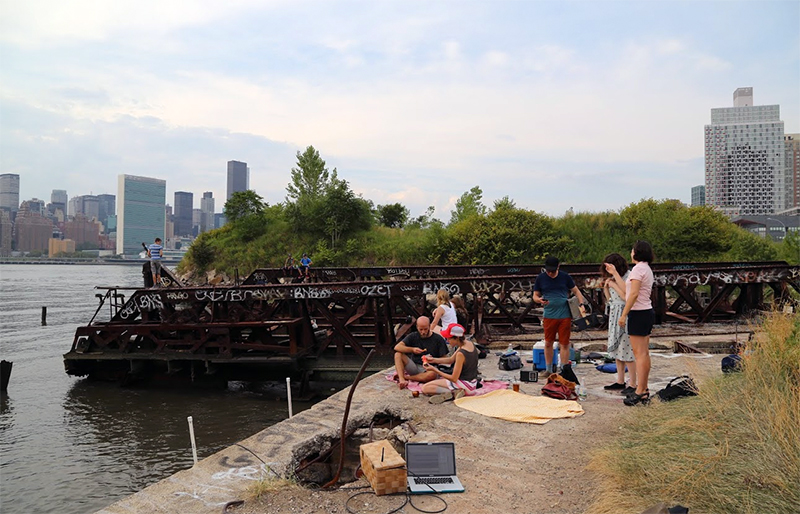
HJ: You’re coming to Stavanger as a CAS Resident this fall. What about Norway / the Stavanger region interests you, and do you have any specific focus or goals for your time here?
DG: I’m interested in seeing firsthand and learning more about the region’s art scene and its art support ecosystem(s). So many artists I know have have been to Stavanger – either because of its public art festival, its residencies, or its arts institutions – and it’s interesting to me how Stavanger exists on the periphery of the art market to some degree, while performing as a center at the same time. It’s one of the distributed centers in the global contemporary art nexus. I’m interested in how mobility affects the kinds of work that we make as artists, how “contemporary art” creates outposts around the world, and what the ideologies are of these outposts. Also, what this means in relation to local art scenes, or how it can connect people across diverse languages and cultures. I have a couple of writing projects I’m working on right now, and one of them has to do with networks and another has to do with fishing communities. I’ve also never been to Norway, so I’m hoping to spend some time hiking along the fjords.


